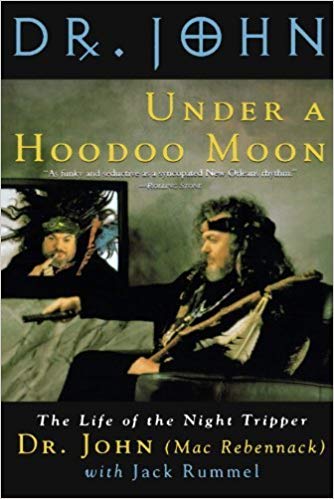
I made a timed-ticket reservation for Sunday noon to see the free outdoor exhibition Hope Wanted: New York City Under Quarantine at the New York Historical Society. The space is not large; it has the footprint of a few townhouses. It’s grassy in the middle, bright green on this sunny day. Around the perimeter, photographs of different sizes are “hung” like paintings on a gallery wall, in order from The Bronx to Queens, Brooklyn, Manhattan and Staten Island. All photos (there are 50, chosen from more than 1,500) were taken over two days, a month into the lockdown and just before April 11 when Governor Cuomo announced that the State of New York had reached the apex and was beginning to plateau.
Photographer Kay Hickman and journalist Kevin Powell also gathered the subjects’ stories, edited to 90 seconds or so and accessible inside the exhibition space by cell phone. Hany Nashed did the driving; he’s photographed as well.
There are visual signs of spring — a sweet pink-flowering bush near a stoop says April — but the human body language communicates a stronger message. Stay inside. People are photographed through windows, in doorways, some walking in the streets with masks or scarves over their faces. Their voices — except for one or two — sounded flat to me. A young Brooklyn woman huddled in her doorway says she works alone at home all day, then paints and walks five miles at night. A music teacher from Fordham University says “I have gone through a variety of negative emotions ranging from rage, to fear, to despair.” (Transcripts come with the audio.)
The Apollo Theater in Harlem and Kings Theatre in Brooklyn are closed. They speak through their marquees. “Keep ya head up” (Tupac). “Keep calm and wash your hands.” A few riders are waiting in the Staten Island Ferry Terminal; Times Square is empty save for a bicyclist. We’ve made a lot of progress. It’s good to look back.







